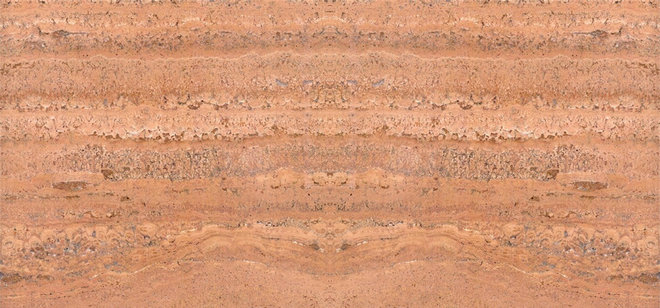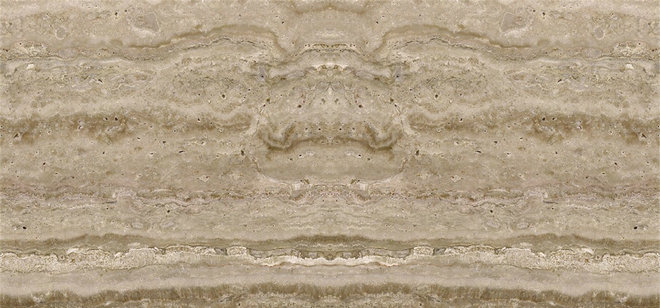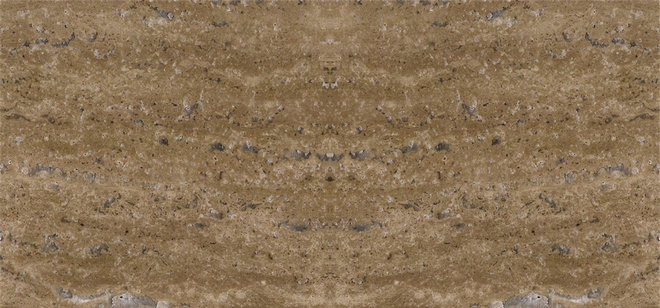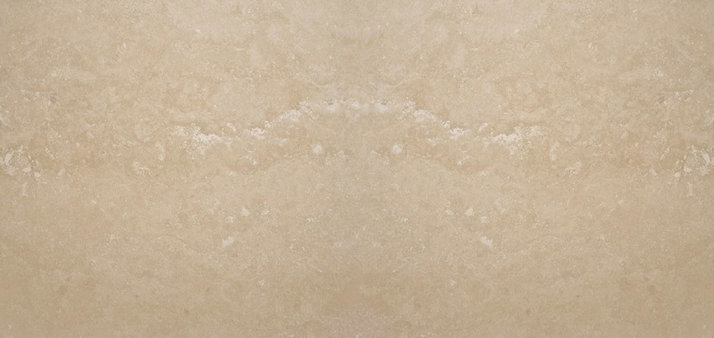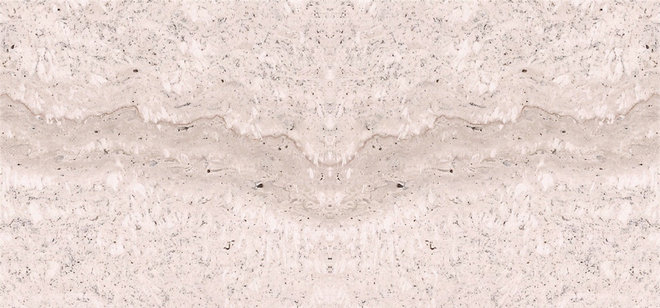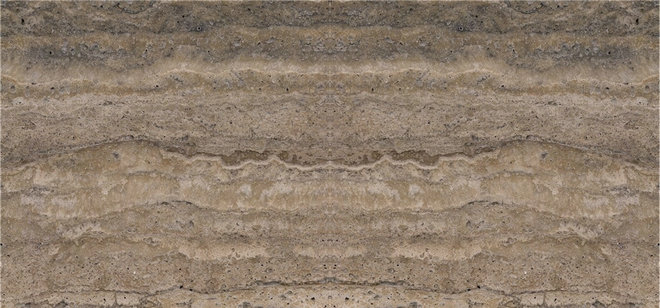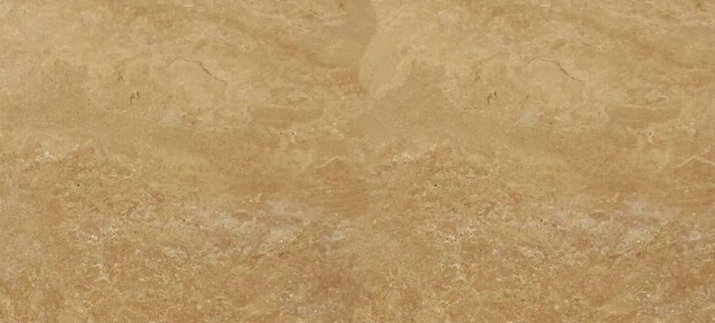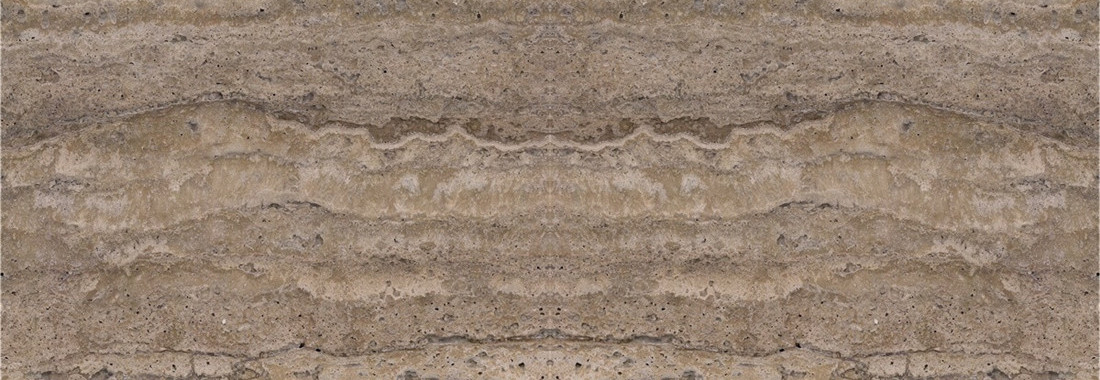Travertine is a form of limestone deposited by mineral springs, especially hot springs. Travertine often has a fibrousor concentric appearance and exists inwhite, tan, cream-colored, and even rusty varieties. It is formed by a processof rapid precipitation of calcium carbonate, often at the mouth of ahot spring or in a limestone cave. In the latter, it can form stalactites, stalagmites, and other speleothems. It is frequently used in Italyand elsewhere as a building material.
Travertine is aterrestrial sedimentary rock,formed by the precipitation of carbonate minerals fromsolution in ground and surface waters, and/or geothermally heated hot-springs.[1][2] Similar (but softer andextremely porous) deposits formed from ambient-temperature water are known as tufa.
Uses : Travertine is often used asa building material.The Romans mined deposits of travertine for building temples, aqueducts,monuments, bath complexes, and amphitheaters such as the Colosseum, the largest building in theworld constructed mostly of travertine.
Travertine isone of several natural stones that are used for paving patios and garden paths.It is sometimes known as travertine limestone or travertine marble; these arethe same stone, although travertine is classified properly as a type oflimestone, not marble. The stone ischaracterised by pitted holes and troughs in its surface. Although thesetroughs occur naturally, they suggest signs of considerable wear and tear overtime. It can also be polished to a smooth, shiny finish, and comes in a varietyof colors from grey to coral-red. Travertine is most commonly availablein tile sizes for floor installations.
Travertine is one of the most frequently used stonesin modern architecture.It is commonly used for façades, wall cladding,and flooring.
